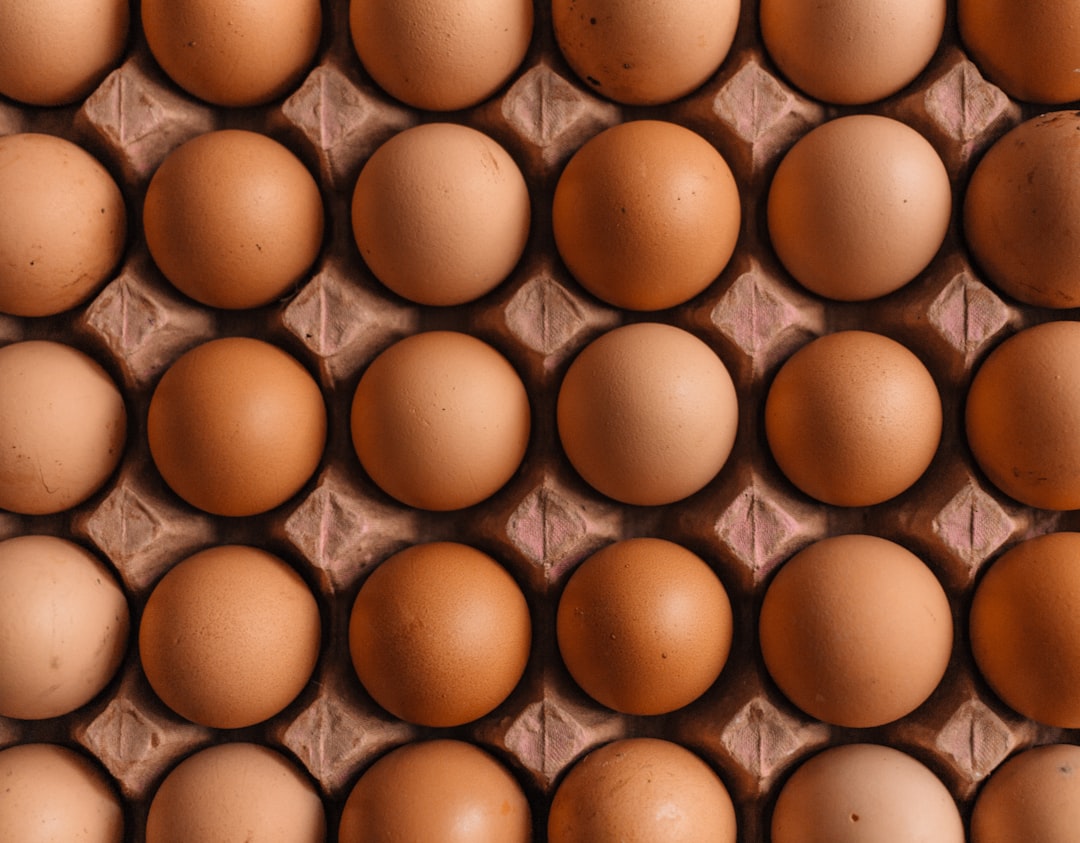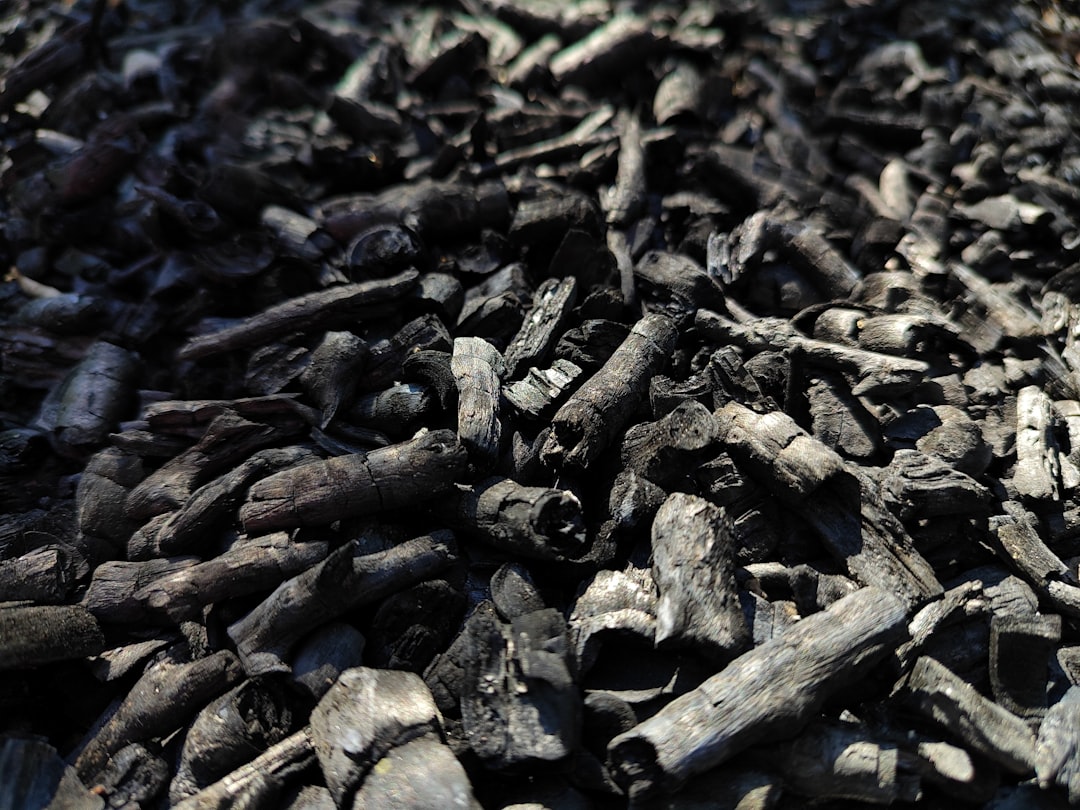What is it about?
This study delves into the fascinating realm of moiré patterns, formed when two slightly misaligned periodic structures overlap, a phenomenon ubiquitous in daily life and now a forefront area of physics. Our focus lies in understanding how small-size moiré superlattices can effectively trap light waves. By tuning the band offset through structural adjustments, we optimize these superlattices for maximum light localization. We discovered that single-cell superlattices exhibit impressive localization with quality factors (Q) ranging from 10⁴ to 10⁵, while double-cell superlattices push Q levels beyond 10⁷. In comparison, more-cell superlattices may result in enhanced Q, but require stringent control of the structural parameters, indicating that double-cell superlattices are promising for exploiting unconventional effects induced by wave localization. Moreover, our study details how factors like cell number, cell size, interlayer spacing, and structural disorder affect the quality factor, offering a guide to constructing high-quality few-cell superlattices.
Featured Image

Photo by Faruk Kaymak on Unsplash
Why is it important?
Wave localization through flatband mechanisms is crucial in moiré physics, influencing phenomena such as unconventional superconductivity, twist-induced optical solitons, and non-Anderson light localization. These mechanisms also have advanced photonic applications, including high-efficiency lasing and nonlinear harmonic generation. Practical superlattices with a finite number of cells often suffer from lower quality factors due to boundary light leakage, challenging the effectiveness of flatband resonances. Understanding wave localization in few-cell superlattices is vital for developing on-chip light-matter interaction technologies.
Perspectives
Our findings demonstrate that tuning the band offset can achieve extremely high-Q resonances in few-cell moiré superlattices. This tight light localization opens up new possibilities in both fundamental and applied research. For instance, ultracompact few-cell superlattices could enhance the miniaturization and efficiency of cutting-edge photonic devices such as lasers, optical modulators, and free-electron sources.
Peilong Hong
Anqing Normal University
Read the Original
This page is a summary of: High-quality flatband resonances in few-cell moiré superlattices by band-offset tuning, Applied Physics Letters, April 2024, American Institute of Physics,
DOI: 10.1063/5.0200219.
You can read the full text:
Contributors
The following have contributed to this page










